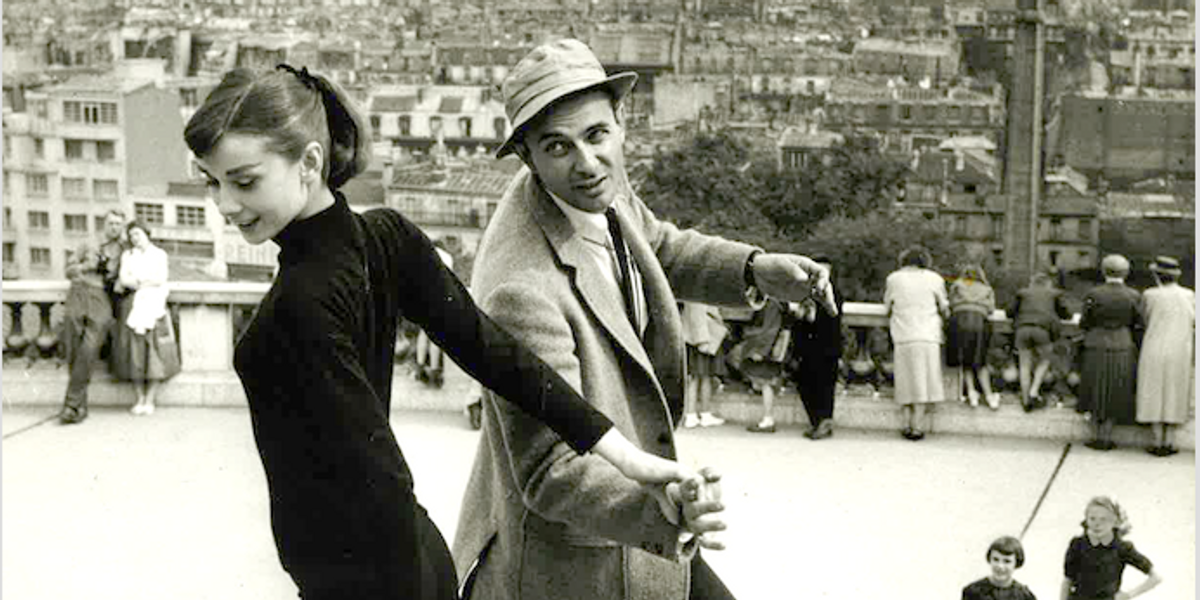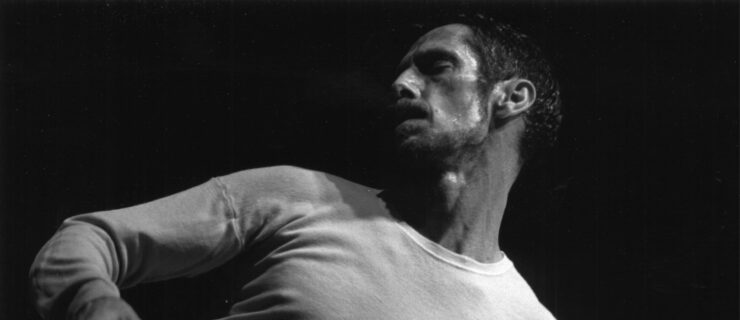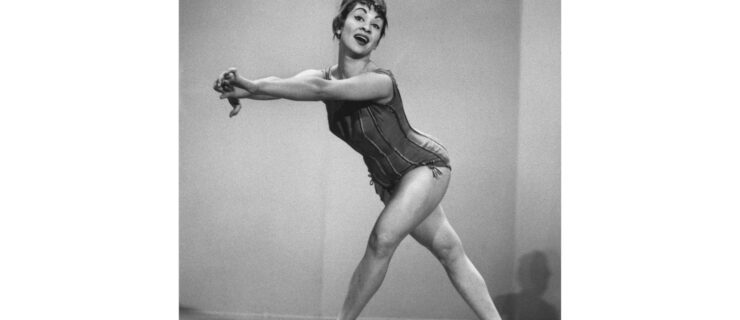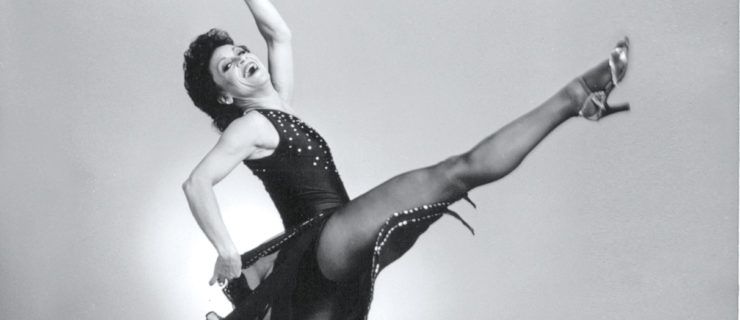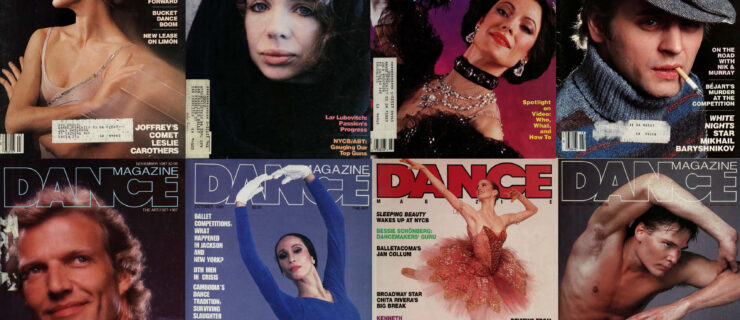Legendary Movie Musical Choreographer and Director Stanley Donen Has Died
American choreographer and filmmaker Stanley Donen died of heart failure in New York City on February 21, 2019. He was 94.
Donen is best known for co-directing Singin’ in the Rain (1953) with Gene Kelly, propelling the classic MGM movie musical to international fame. On the Town (1949), Seven Brides for Seven Brothers (1954) and Funny Face (1957) are just a few of the titles that allowed him to bring his love for dance to the big screen.
Originally from South Carolina, Donen got his start as a chorus dancer in the Broadway production of Pal Joey. Having befriended the star of the show, Gene Kelly, Donen migrated to California where he began choreographing for movie musicals while still a teenager.
Even as a newcomer in Hollywood, he found innovative ways of choreographing for the screen. In Cover Girl (1944), he crafted Gene Kelly’s celebrated “alter ego” number, a dance that allowed Kelly to perform with a double of himself thanks to special effects. Donen had a tough time convincing director Charles Vidor that it would work, but Kelly assured studio heads that the Donen could pull it off.
Gene Kelly in ‘Cover Girl’ (1944) – Alter Ego Dance Sequence
Dance paired with special effects became one of Donen’s recognized signatures. In Anchors Aweigh (1945), he featured Kelly dancing alongside the animated Jerry Mouse from Tom and Jerry. For Fred Astaire’s gravity-defying dance on the walls in Royal Wedding (1951), Donen oversaw a rotating barrel set that allowed Astaire to remain upright while the camera executed a 360-degree rotation. In 1986, Lionel Ritchie paid tribute to this scene in the music video for his song, Dancing on the Ceiling, also directed by Donen.
Donen also took to the streets for filming choreography, one of the first directors to shoot dance on location. In On the Town, co-directed with Gene Kelly, the dance numbers were all shot in New York City for authenticity, a bold choice at the time.
Donen and Kelly were both convinced that choreography had to be developed in collaboration with the camera. With Kelly starring in many of their collaborations, it was Donen who sought camera movements that would complement the choreography and frame it in exciting ways, including crane shots that allowed the viewer to travel around and above the dancer.
While movie musicals waned in popularity following the 1950s, Donen continued to direct films into the 1990s. Upon receiving an Academy Award for Lifetime Achievement in 1998, the choreographer and filmmaker humbly accepted his Oscar with a brief song and dance, reminding viewers of the warmth and grace that characterized his career.
Stanley Donen tribute and Life achievement award.
Stanley Donen trailblazed a new era for the Hollywood movie musical that allowed it to evolve beyond the backstage drama genre. In doing so, he also paved the way for contemporary explorations of dance on camera, underscored by the large number of dance film festivals in existence today.
